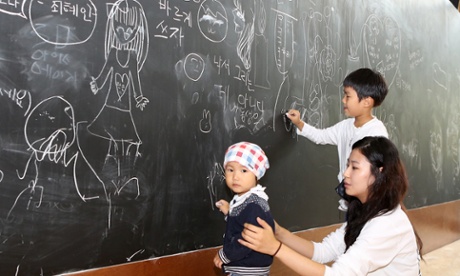With more than half of the country’s population of 50 million living in the Seoul metropolitan area, South Korea’s other cities, even those with strong infrastructure and attractive surroundings, can seem eerily hollowed out. Certainly, the farther I travel away from Seoul on my urbanist’s odyssey, the older the average age of the people around me gets.
Governments at several levels have launched ambitious, verging on the surreal, efforts to recalibrate the balance between Seoul and the jibang(the word literally means ‘region’, but is often used derisively to refer to ‘anywhere other than Seoul’). Two such projects in particular demanded visits on my whistlestop tour.
I first heard of Paju Book City from a friend employed at a publishing house there, who makes the 90-minute commute north by bus from Seoul every day. His situation seems typical: few people actually live there, instead travelling in only to work in one of its many publishers, bookstores, book cafés and art galleries.
Paju Book City – with a touted ratio of 20 books to every human – arose as “a place devoted to planning, producing and distributing books by well-intentioned publishers”, according to its website, in the dramatic, slightly contorted English typical of Korean publicity materials. “Our [purpose] is simple and clear: the city aims to recover the lost humanity.”
Read the whole thing at the Guardian.

Post a Comment